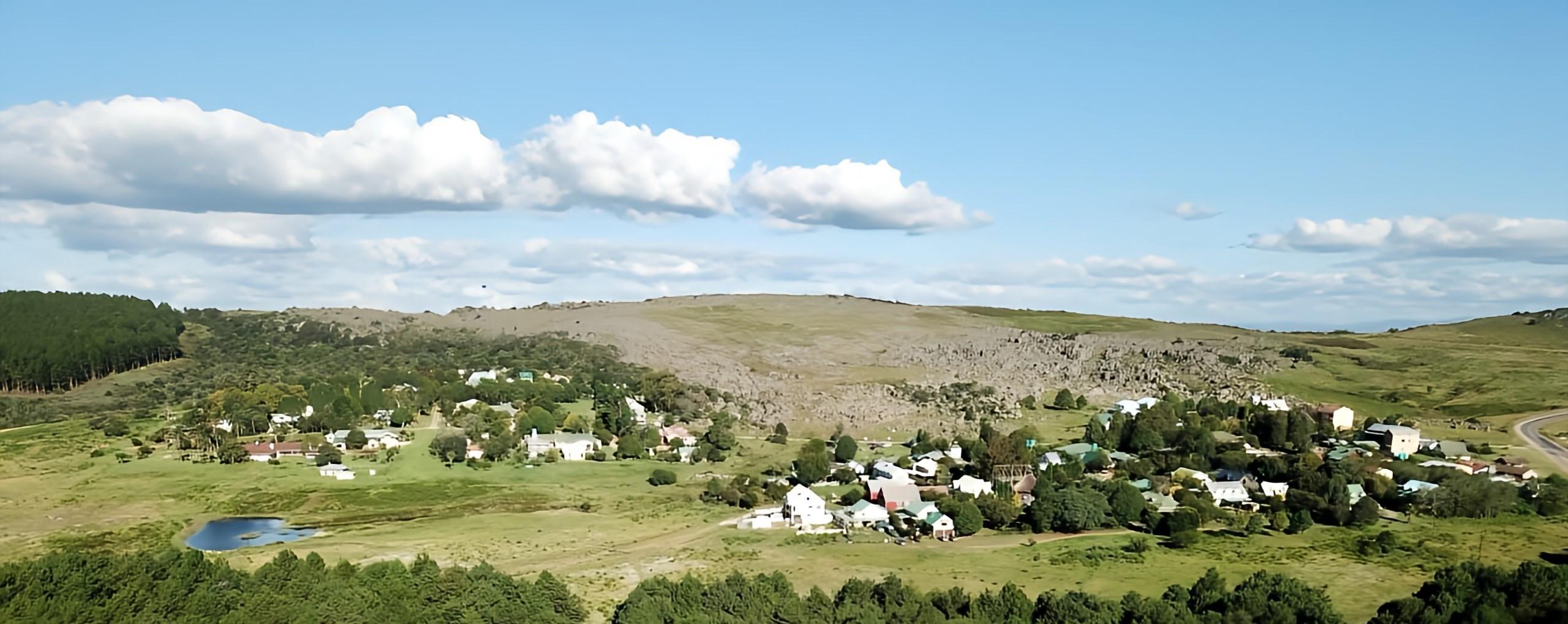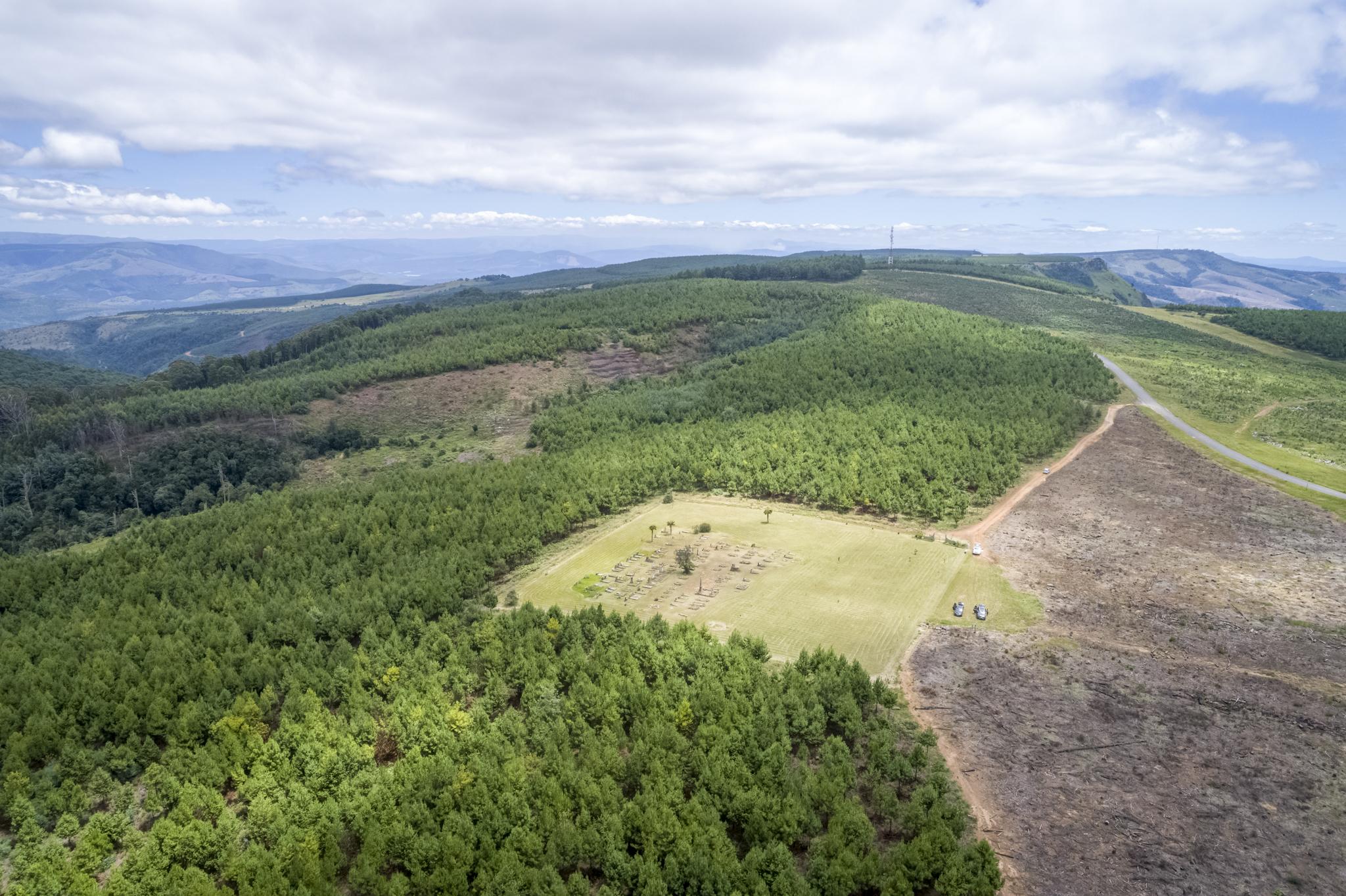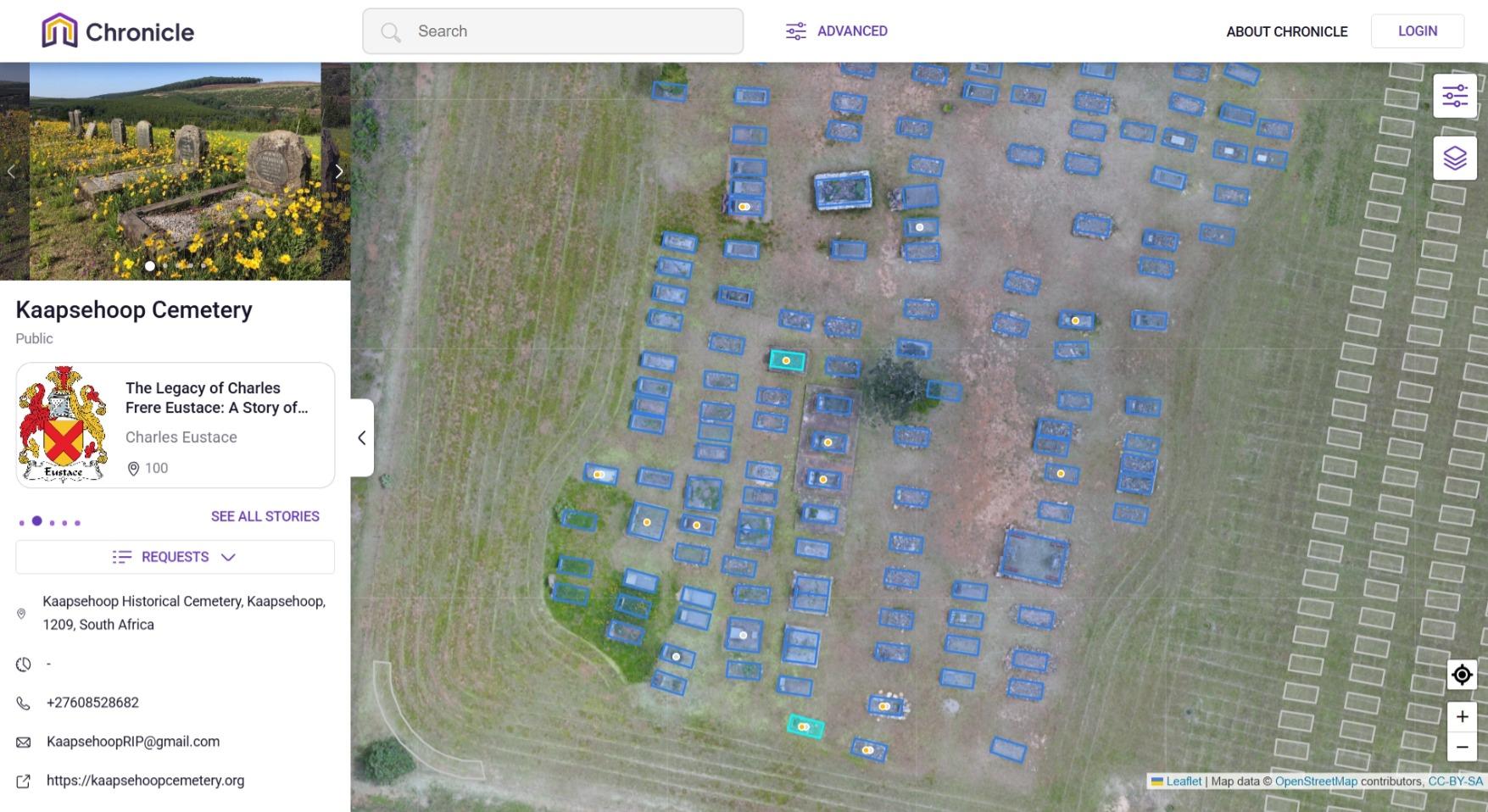
Disclaimer: Any views expressed by individuals and organisations are their own and do not in any way represent the views of The Heritage Portal. If you find any mistakes or historical inaccuracies, please contact the editor.
High on the Mpumalanga escarpment lies the historic mountain village of Kaapsehoop, where drifting mist softens the outlines of old corrugated-iron homes and sandy roads reminiscent of Pilgrim’s Rest. Though time and weather have altered the town, Kaapsehoop still carries the quiet dignity of its gold-rush past.
The Village of Kaapsehoop
At the heart of this heritage stands the Kaapsehoop Historical Cemetery — a sacred space that records the names of miners, soldiers, pioneers, and children who lived and worked on the mountain. Among them are members of the Lambourn and Nel families, early delvers and settlers whose lives are intertwined with the beginnings of South Africa’s first gold discoveries.
Over decades, however, the cemetery fell victim to erosion, neglect, and vandalism. Fences collapsed, headstones cracked, and many graves became unmarked. Recognising the urgency of preservation, I undertook a personal mission to rescue the site’s history — not only by restoring what could be saved on the ground, but by digitising every known record, burial, and story linked to the cemetery and the people of Kaapsehoop.
Kaapesehoop Cemetery from above
Heritage at Risk
The Kaapsehoop Cemetery is one of the oldest in the Barberton goldfield region. Its earliest burials date to the late nineteenth century, when delvers and settlers worked in nearby valleys and on the Tate, Mac-Mac, Lydenburg, and De Kaap diggings. Many of these early miners were transient and few left formal records.
By the 2000s, the cemetery’s condition reflected years of under-resourced maintenance. Environmental degradation and human interference had taken their toll. While Dick Latré — long-time custodian and local historian — and his wife Laurette (Nel) had cared for the cemetery for many years, they departed Kaapsehoop in 2007, leaving behind a site in need of renewed stewardship.
For several years the cemetery survived on sporadic upkeep, with the grass periodically mowed by private arrangement and the occasional grave repaired by volunteers. Yet no structured record existed. Names were fading from headstones, and archival references were scattered across private papers, church records, and national repositories.
The Digital Chronicle – A Personal Heritage Project
In 2023, I independently launched the Kaapsehoop Historical Cemetery Digital Chronicle, using personal funds and hundreds of hours of research to create a complete digital record of the cemetery.
Every identifiable grave was photographed, its location plotted, and its historical record reconstructed from sources including death notices, burial registers, and archival documents from the Transvaal Archives Repository. Dutch-language entries were translated and annotated to provide English equivalents and context. The process resulted in a verified and accessible database of Kaapsehoop’s past residents.
The Chronicle is hosted on a professional cemetery-management platform, ensuring long-term preservation and accessibility. Each entry includes available documentation — from official certificates to family photographs — creating a permanent digital home for individuals once at risk of being forgotten.
Screenshot from the Kaapsehoop Historical Cemetery Digital Chronicle
Particular focus was given to thirteen identified veterans, among them Private William Cooke of the 1st King’s Liverpool Regiment, Private J. Lydon of the Northumberland Fusiliers, and Sapper Henry George Baskerville of the Royal Engineers. Their stories, reconstructed through regimental archives and correspondence with the Commonwealth War Graves Commission, now form part of South Africa’s broader military-heritage narrative.
This project represents one of the few privately funded, independently executed digital heritage initiatives of its kind in rural Mpumalanga — demonstrating that determined individuals can bridge the gap between local memory and global preservation.
Remembrance and Community Engagement
Preservation work extends beyond data. It is also about remembrance. Since 2023, the Kaapsehoop Historical Cemetery has once again become a living centre of commemoration.
Each November, I organise and host the Kaapsehoop Remembrance Day Ceremony — an event that honours the fallen soldiers, concentration camp survivors, and early settlers buried here. The 2025 ceremony featured the Stevenson Hamilton Pipe Band, MOTH veterans, and a horse-and-rider tribute that entered the cemetery through the mist — a deeply symbolic act connecting Kaapsehoop’s living landscape with its historical spirit.
Horse and rider tribute during Remembrance Day
Wreaths were laid on all thirteen veteran graves, and handmade poppies — produced and sold locally to raise funds for cemetery upkeep — adorned the crosses. Following the service, attendees gathered at Nagkantoor for the Kaapsehoop Toast, a complimentary whisky shared in memory of those who once stood for duty and country.
These commemorations, organised and financed through personal initiative, have revitalised public appreciation for Kaapsehoop’s history. The proceeds from poppy sales and raffles are directed toward tangible preservation efforts — cleaning and stabilising headstones, removing invasive growth, and maintaining safe access paths.
Toward Sustainable Heritage Stewardship
The Kaapsehoop project demonstrates that effective heritage conservation need not wait for institutional funding or formal designation. Through a combination of grassroots initiative, digital innovation, and personal dedication, it is possible to rescue a vulnerable site and ensure its endurance in the national record.
Ongoing objectives include:
- Finalising digital cross-linking between the Chronicle and the Discover Kaapsehoop website.
- Introducing QR-coded grave identifiers linking to individual online profiles.
- Developing an annotated map of Kaapsehoop’s heritage landmarks to form part of a heritage walking route.
- Expanding archival research into early mining and postal history through continued transcription of Dutch and English documents.
These projects will continue to be driven by the same independent approach that brought the cemetery’s digital chronicle to life: privately funded, community-minded, and guided by a commitment to authenticity over embellishment.
Reflection – A Model for Local Heritage Action
The preservation of the Kaapsehoop Cemetery underscores a wider lesson for small South African communities: heritage stewardship often begins with a single individual willing to take responsibility. In the absence of municipal resources or consistent government support, digital tools have become powerful instruments for continuity.
By combining archival research, digital documentation, and on-site restoration, Kaapsehoop now holds one of the most complete rural cemetery records in Mpumalanga. The initiative ensures that those who built and served on this mountain remain permanently recorded in the public domain.
Digitisation transforms remembrance into sustainability. It allows future generations, researchers, and visitors to engage with the past not as fading memory, but as a living archive. Kaapsehoop’s story — born of delving, hardship, and resilience — continues to find new voice in the digital age.
Acknowledgements
The Kaapsehoop Historical Cemetery Management NPC acknowledges the assistance of the Commonwealth War Graves Commission (South Africa and UK) for verification of veteran records, and the continued interest of the M.O.T.H. Shellhole Nelspruit in local remembrance.
Gratitude is extended to Dick Latré and Laurette (Nel) for their years of on-the-ground custodianship before 2007, and to all who continue to support Kaapsehoop’s preservation through donations, research contributions, and participation in remembrance events.
Claudette Currie Latré is a heritage activist, researcher, and descendant of the Lambourn and Nel families — founding settlers of Kaapsehoop. She is the founder of the Kaapsehoop Historical Cemetery Management NPC and creator of the Discover Kaapsehoop website and Chronicle Digital Archive. Her work focuses on integrating archival research, digital preservation, and sustainable heritage tourism to protect South Africa’s mountain history.
Comments will load below. If for any reason none appear click here for some troubleshooting tips. If you would like to post a comment and need instructions click here.




